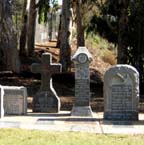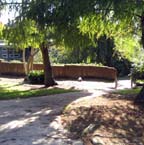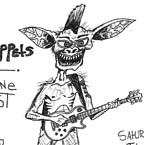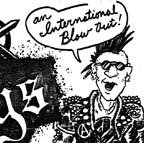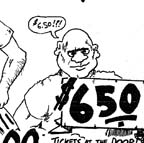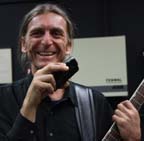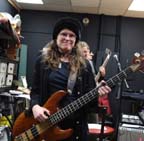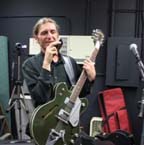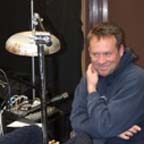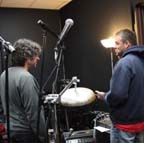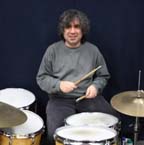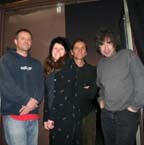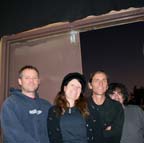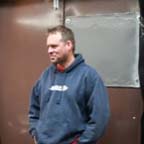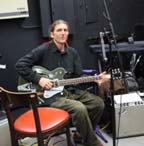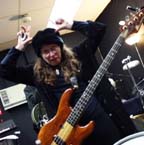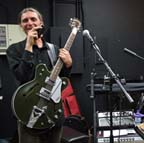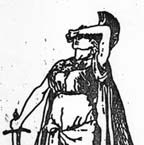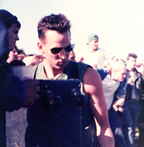(In this installment, Wallflowers vocalist Dave Rinck commemorates the Sex Pistols' cycle of self-consumption.)
 I love Ziggy Stardust and Marc Bolan and all that '70s stuff. I mean, I even wanted to cover “Metal Guru” with Fleminger at an open-mic night in San Diego last month. But given the vast sea of discontent that summed up the bloated musical mainstream of the '70s, it was inevitable that a band would eventually appear that would challenge the very concept that pop music can or should have any meaning. “Nihilism” is a great word that gets used very loosely, but if you look it up in the dictionary, you’ll find that it has a very specific and useful meaning:
I love Ziggy Stardust and Marc Bolan and all that '70s stuff. I mean, I even wanted to cover “Metal Guru” with Fleminger at an open-mic night in San Diego last month. But given the vast sea of discontent that summed up the bloated musical mainstream of the '70s, it was inevitable that a band would eventually appear that would challenge the very concept that pop music can or should have any meaning. “Nihilism” is a great word that gets used very loosely, but if you look it up in the dictionary, you’ll find that it has a very specific and useful meaning:
“Nihilism is the belief that all values are baseless and that nothing can be known or communicated. It is often associated with extreme pessimism and a radical skepticism that condemns existence. A true nihilist would believe in nothing, have no loyalties, and no purpose other than, perhaps, an impulse to destroy. While few philosophers would claim to be nihilists, nihilism is most often associated with Friedrich Nietzsche who argued that its corrosive effects would eventually destroy all moral, religious, and metaphysical convictions and precipitate the greatest crisis in human history.
